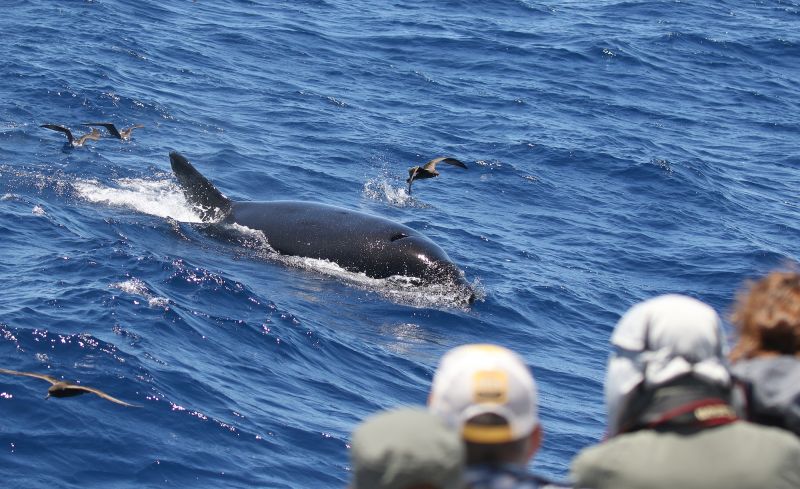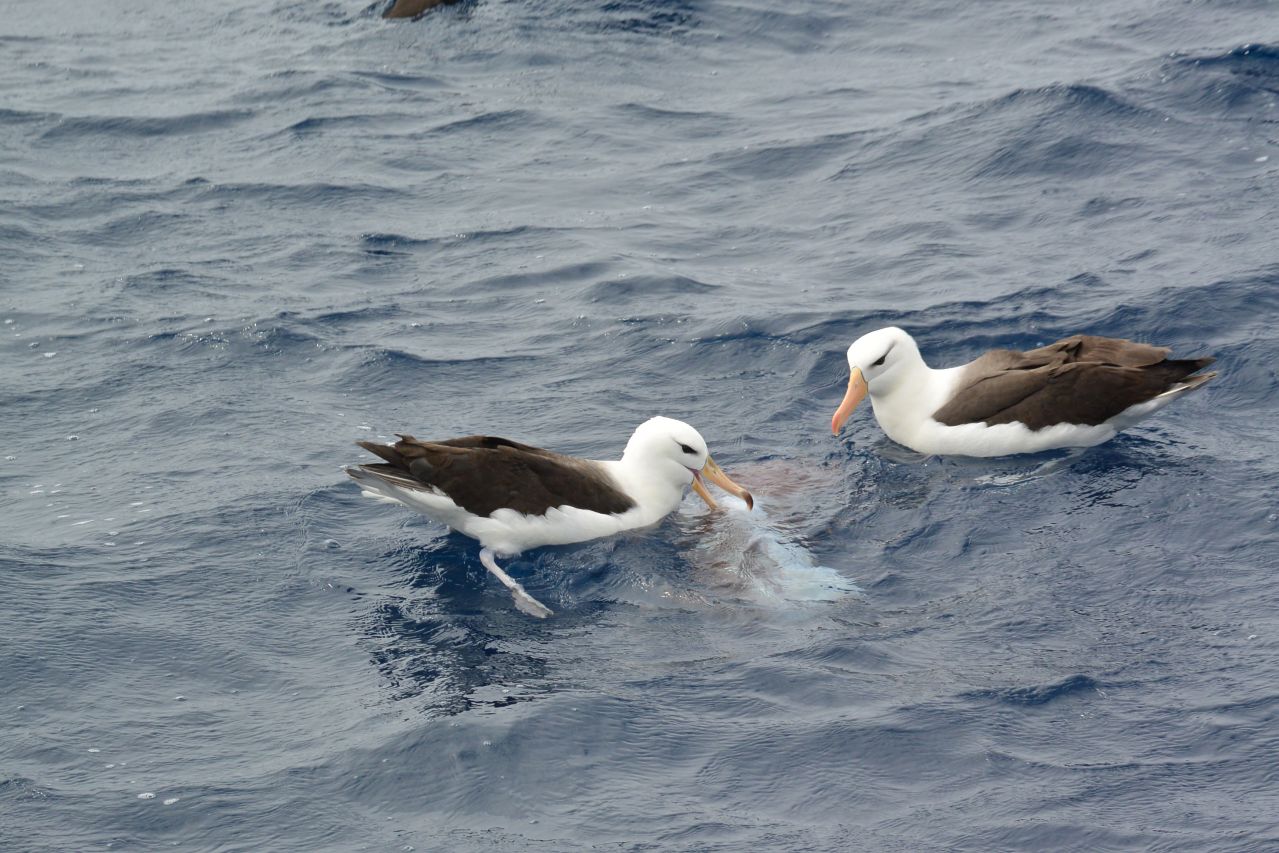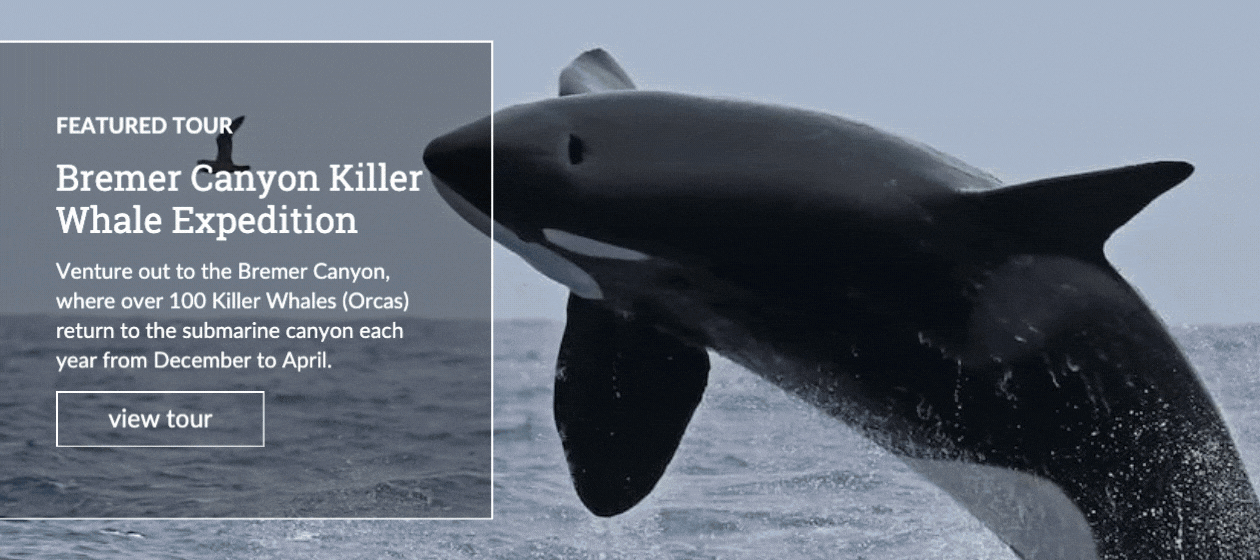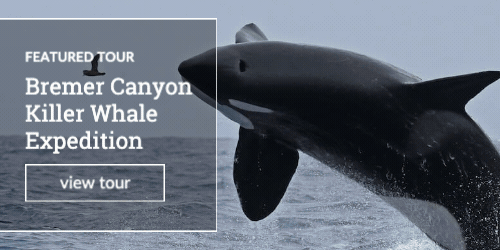In the remote reaches of Western Australia's Bremer Sub-Basin, few vessels spend as much time among orcas as the Alison Maree. For marine biologist Jennah Tucker, it's this consistent presence that's proving invaluable. "Naturaliste Charters provides a platform of opportunity in an area where dedicated research is somewhat limited," Jennah says.
While orcas here have been observed preying on everything from fish and squid to sharks and whales, the full scope of their diet remains a mystery. "These orcas have also been known to prey on toothed whales (beaked whale species, Ziphiidae and Mesoplodon spp.) and baleen whales, including blue whales, humpback whales and Antarctic minke whales," Jennah explains. "However, questions around the diet of this killer whale population remain."

That curiosity is fuelling a new initiative launching in 2025. The Bremer Canyon Sampling Project, a collaboration between Naturaliste Charters and researchers from Oceans Blueprint, will use environmental DNA (eDNA) sampling to help identify prey species. "This will allow us to identify potential prey species," Jennah says. "We hope to gain a better understanding of the predator-prey dynamics of this offshore ecosystem."
"Over the years, we've been able to answer a number of questions about the Bremer Canyon ecosystem," Jennah says. "However, this has given rise to so many new questions. Probably one of the most significant involves the diet of not only the orcas but other species that aggregate in the area to hunt, including sperm whales and pilot whales."

Naturaliste Charters has already established one of the most comprehensive orca sighting catalogues in the region. "This has also allowed us to maintain an up-to-date catalogue which includes more than 150 individual orcas that have been recorded in the area to date and to improve our understanding of the group dynamics, social structure and size of this population," Jennah says.
"Given the countless species and behaviours that we encounter on a daily basis in this remote and difficult-to-access environment, this data is also passed on to various researchers, institutions and organisations, both locally and internationally."
Despite their near-daily access to this oceanic theatre, much of what happens remains beneath the surface. "Given we only capture glimpses of a story as it unfolds on the surface, what happens below is speculative," Jennah says. "Our days often end with a myriad of unanswered questions. While sometimes we are lucky enough to catch a glimpse of the prey species, more often we only see remnants like chunks of flesh, or oil and blood in the water."

That's where eDNA comes in. "All animals leave traces of their genetic material as they move through their environment, which can originate from skin and hair cells, mucous or faeces," Jennah explains. "This material is known as 'environmental DNA' (eDNA) and can tell us a lot about what is going on in a particular area."
Water samples collected near predation events will be stored onboard and sent for analysis, offering a new way to connect surface observations with what's really unfolding below. "It's a great non-invasive method that will complement our current observational data recording really nicely," Jennah says. "It's something that onboard passengers can also be a part of!"
In a place as wild and unpredictable as Bremer Canyon, science often starts with curiosity. And for Jennah, each sighting adds another clue - and another reason to keep asking questions.



